The 2016 presidential election is giving people a lot to talk about. Some elections slide by without much controversy, but not this one. As an educator thinking about teaching the 2016 presidential election, I’ve had to pause. Could I successfully hide my own political views? What would conversations in my classroom look like? Would students erupt in arguments? Would this divide the community we’ve worked hard to establish?
I wondered, Should I just skip doing anything with the election? 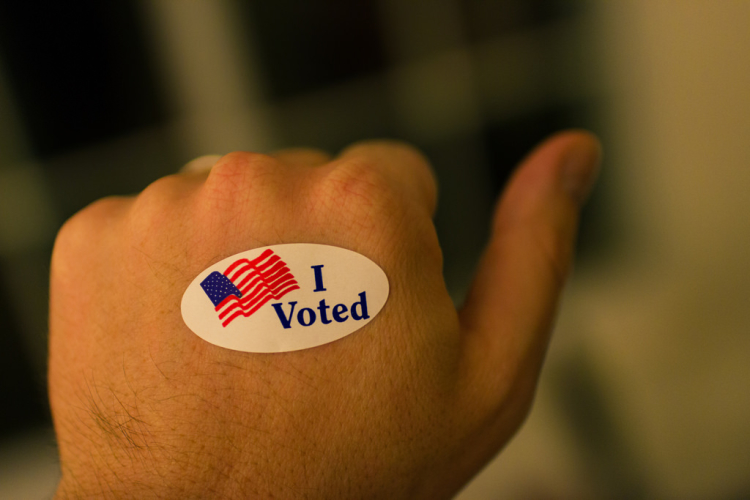
This took some serious thought, and an actual pros and cons list. Finally, I decided that I couldn’t shy away from this election. It’s too important that I provide my students with tools to understand the process, to read the vast array of information, images and advertising they have access to online and through the media, and ultimately to make an educated decision.
I teach high school. This means I have 18-year-olds who can vote for the first time sitting in my class. I also have freshmen, sophomores and juniors, who will be out of school by the time the next presidential election rolls around. Doing an election unit is relevant and meaningful to my students.
Defining Your Purpose
To effectively wade through the vast amounts of information available, I first needed to be intentional about my purpose for teaching the 2016 presidential election. I am not a government, civics or social studies teacher. I teach literacy, and want to focus on reading and analyzing information.
I also needed to be clear about whether we are having a dialogue or a discussion about the election. A dialogue is a conversation where understanding is the goal. A discussion, on the other hand, is aimed at making a decision. This election unit, I decided, would focus on dialogue: how did we understand what was going on; not which decision would each of us make or which decision was better. That is a decision you will need to make as well.
I began by brainstorming questions that might be areas of focus in my literacy class:
Building Background Knowledge:
- What is the job of the president?
- Who are the candidates and what parties do they represent?
- What issues are important in this year’s election?
- What is bias?
- Why does voting matter?
- How does the president get elected? (popular vote & electoral votes)
Reading Non-Print Text:
- How do I read social media?
- How do I read the news?
- How do I read political ads?
- How do I read debates?
Critical Thinking:
- What questions should I ask about the candidates?
- Where do I find reliable information?
- How do I make an educated decision?
- How do we disagree respectfully?
Narrowing the Focus
This list could keep growing, if I let it. But I cannot. I need to decide what is essential, what fits my purpose best and which areas I will focus on. You need to do the same. I decided to focus on learning that students will be able to take with them into the future.
I am not teaching THIS election; I am teaching the tools to be an informed citizen who can read and evaluate information independently.
The election, like any book or writing project I choose, is my tool to teach critical thinking. For my class, we are going to focus on these essentials:
- Background Knowledge: What is the President’s job?
- Reading Non-Print Sources: How do I read political ads?
- Critical Thinking: How do we find reliable information on the issues of the campaign and where each candidate stands?
What is the President’s Job?
As I began looking at election resources, these three books helped me focus:
Every Vote Matters (Grades 8-12, Lexile 1250) by Judge Tom Jacobs and Natalie Jacobs
The Art of the Possible: An Everyday Guide to Politics (Grades 4-9, Lexile 1110) by Edward Keenan
See How They Run: Campaign Dreams, Election Schemes and the Race to the White House (Grades 2-7, Level U) by Susan E. Goodman and Elwood H. Smith
Again, there is a lot of information in all three—choose what fits your lesson focus. Since we are focusing on the President’s job, See How They Run: Campaign Dreams, Election Schemes and the Race to the White House had the most valuable information to me. I also am using two websites: JFKlibrary.org and ushistory.org which provide concise documents describing the President’s job.
How Do I Read Political Ads?
When we are ready to read ads, I have three focuses:
- Use of images and sound in ads
- Propaganda techniques
- Applying these techniques to ads
A great source of ads, stretching all the way back to 1952, is TheLivingRoomCandidate, a site published by The Museum of the Moving Image. You can select current ads, or use a variety to show how campaign ads have changed across time. In their For Teachers section, there are a variety of lessons looking at political ads. For my class, we’ll use the lesson, Developing Critical Analysis, which focuses on the images and sounds in ads.
Next, we’ll turn to Readwritethink.org’s lessons on propaganda techniques. We won’t begin with propaganda in literature, but will move directly into introducing the techniques and then applying them to ads. The website provides materials to do both.
The goal here is to see the persuasive nature of political ads, and to see that if we want reliable information, ads are not our best place to get information.
How do we find reliable information on the issues of the campaign and where each candidate stands?
Now it’s time to explore issues and candidates. We’ll begin by looking at sources of information that are nonpartisan and allow kids to see all the candidates’ stances on major issues. For my class, students will simply create charts on two major issues of their choosing (say, education and immigration) and describe where each candidate stands, using two different sources for each candidate. I will introduce two reliable sources to the kids:
- 2016election.proocon.org which has a list of issues and then descriptions for all the candidates
- ontheissues.org another site with descriptions of the issues (plus A LOT of other relevant election information)
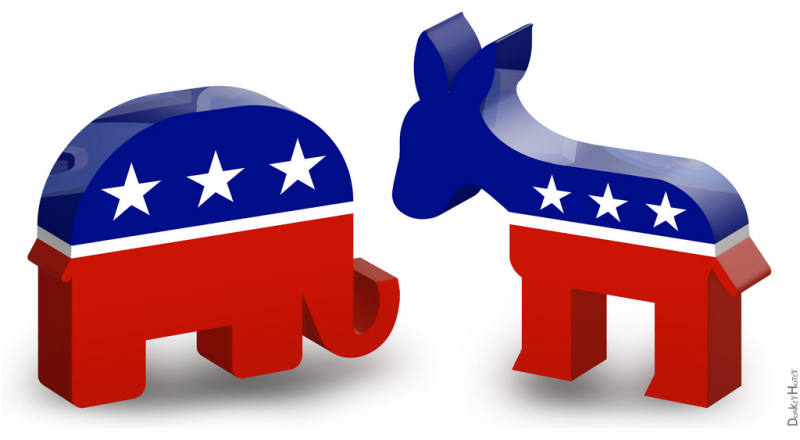
Teachers could also have students watch one of the televised debates to listen to the Republican and Democratic candidate discuss the issues. Then they can follow up with factcheck.org the day after to see a review of the accuracy of the facts presented in the debate.
If teachers choose to, they could have students use their issue research to move from a dialogue on the candidates into a discussion, where a decision is reached. Options include a piece of writing where the two issues are presented and each student comes to his/her own conclusion about which candidate fits the job of president best; students could also participate in structured debate, like Philosophical Chairs, where each side presents issues defending the candidate of their choice.
(For more on having thoughtful, respectful conversations about the election, see The New York Times Learning Network’s recent post by Katherine Schulten, Talking Across Divides: 10 Ways to Encourage Civil Classroom Conversation On Difficult Issues.)
Or, like me, you can end the process in dialogue. You have provided students with tools to critically read the election. Now they can go forth, armed with knowledge, and make a decision on their own!


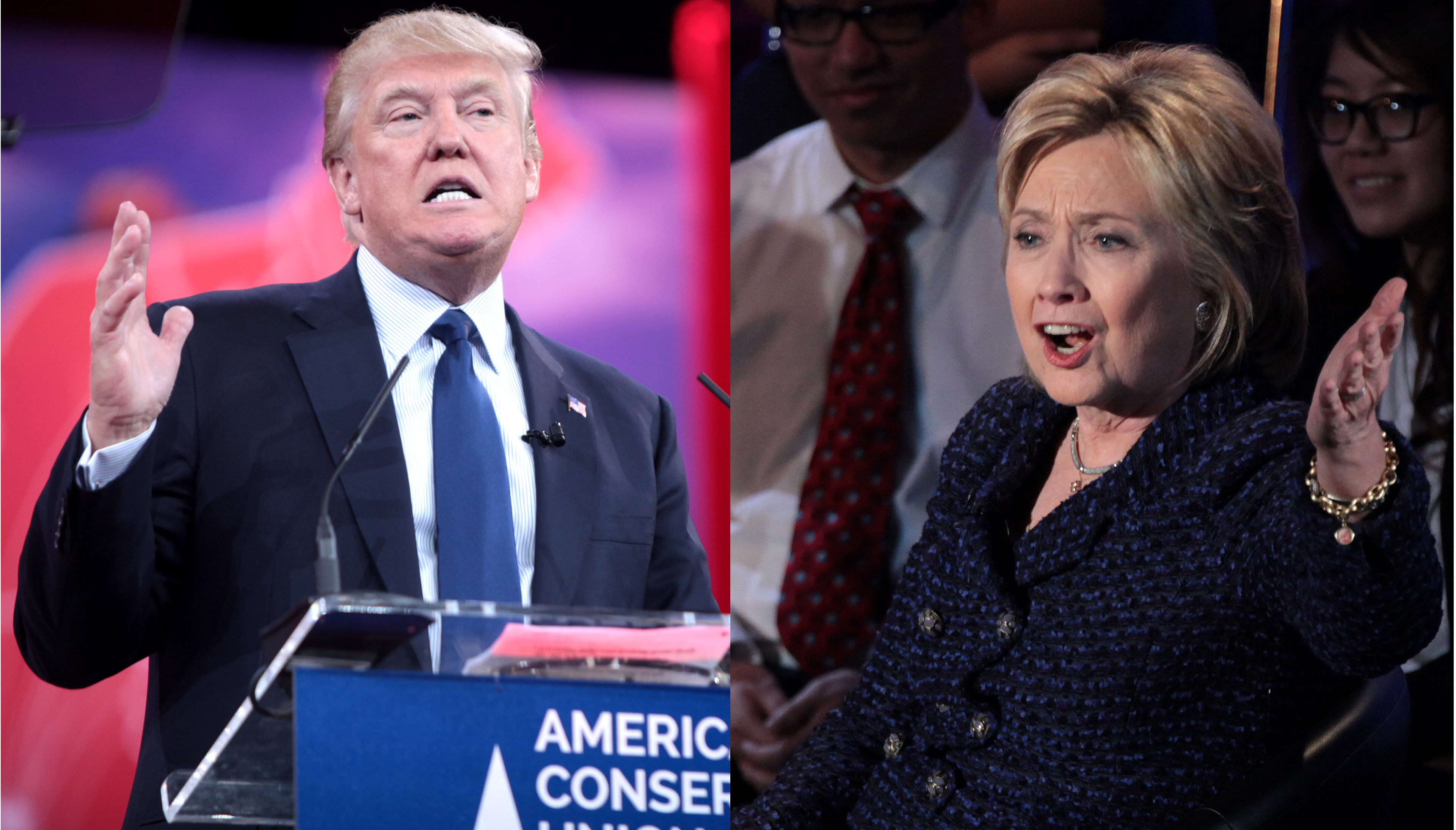
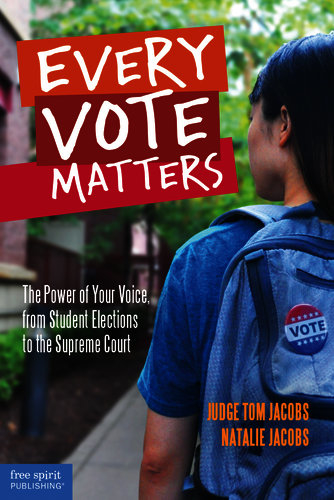
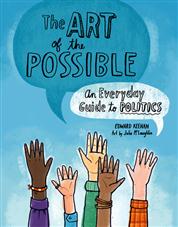
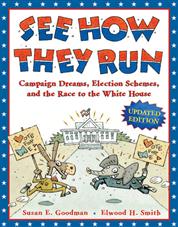
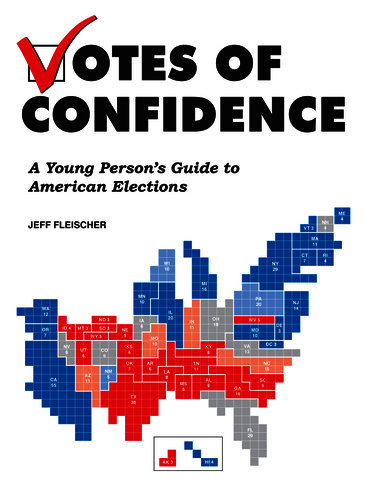
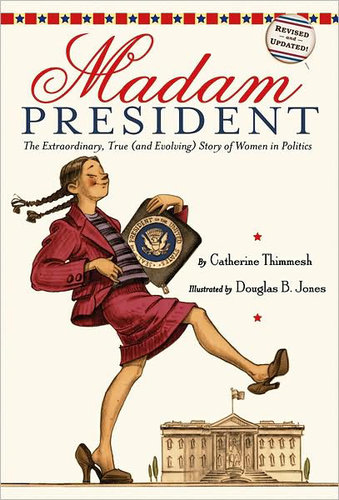
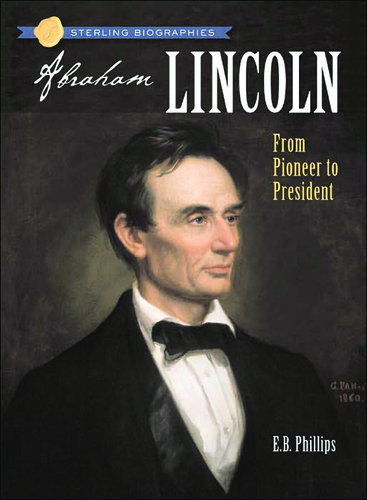
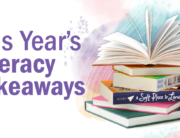
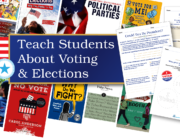
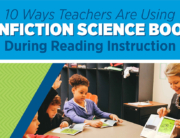
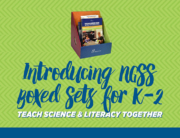

Leave A Comment